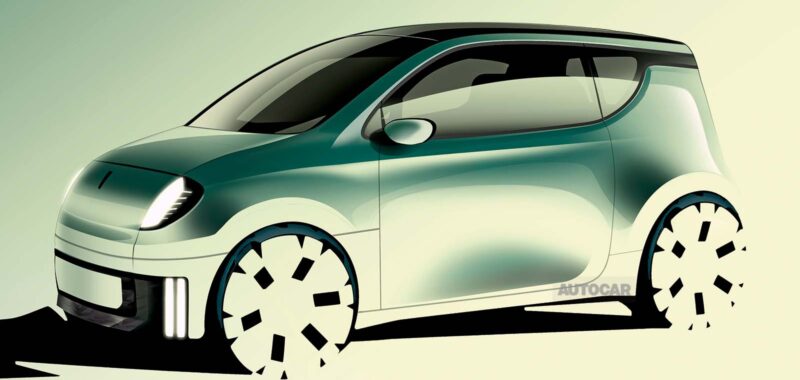The trend towards bigger, heavier cars with more safety kit and features has put the future of the affordable city car in serious doubt.
Small cars used to be a popular sight in our cities, but they’re now an endangered species – which is bad news for anyone seeking an affordable new car.
A few months ago, Renault Group CEO Luca de Meo proposed a solution: taking inspiration from Japan’s small urban vehicles, known as kei cars, believing that a European version could help make for affordable mobility and help get older, smoggier cars off European roads.
De Meo has a bullish view on cross-manufacturer co-operation (inspired “by Airbus”) for electric European kei cars. “Compact cars could create a growth surplus for Europe” of £500 million in annual GDP and create 10,000 jobs, he said.
De Meo had spoken to Volkswagen about a possible joint venture to produce a cheap small electric car before talks broke down. However, a sub-£17k Renault Twingo remains on course for a 2025 reveal and VW hopes its similarly conceived ‘ID 1’ can make production in 2027.
The Renault Group boss sees the future as “going back to the fundamentals of the industry, mass development of small cars for urban travel and last-mile deliveries, adding benefits such as reserved parking spaces, cheaper parking and reserved charging points”.
With electric car sales currently sagging, de Meo’s plan seems to be two-pronged: not just reducing the price, but also giving up on trying to match the range achieved by combustion-engined cars, because range equals cost. De Meo thinks his vision of the future can appeal to “middle-class buyers” who cover lower daily mileage and have completely vacated the new car segment as new models have become steadily more expensive.
What Autocar’s vision of a kei car for Europe would be like
Electric range
Engineering co-operation across rival car makers has a chequered past, but getting production volumes as high as possible is crucial to reducing the cost of a city EV. Range would need to be 110 miles in the summer, well in excess of the average daily use of 30 miles.
Platform
Creating a new platform from scratch is an expensive business. The Twingo is set to use a development of the new AMPR Small (formerly CMF-BEV) architecture, with a further reduction in costs of 40%, partly realised by reducing the number of parts and cutting software costs by working with Google.
Bodystyles
Renault has turned to an unnamed Chinese firm to advise on engineering and producing the Twingo and its platform as profitably as possible. Ultimately, the more brand collaboration the better. The platform’s operating system software would be simplified but a wide range of bodystyles would be key – including a longer wheelbase for a small delivery vehicles and five-door versions for the school run.

